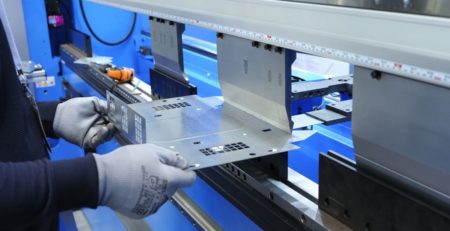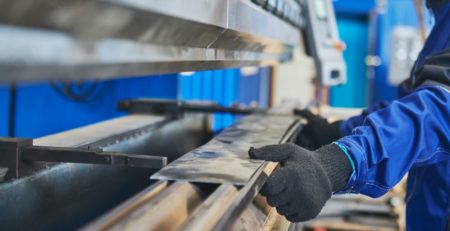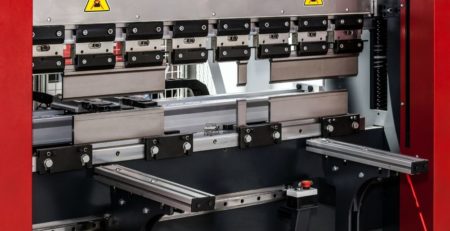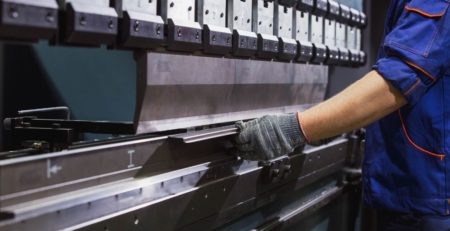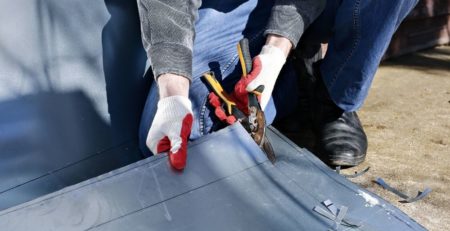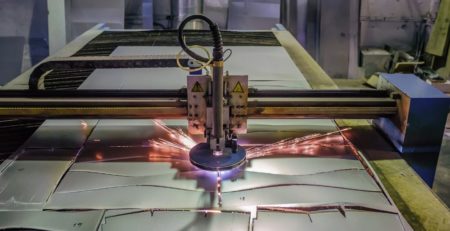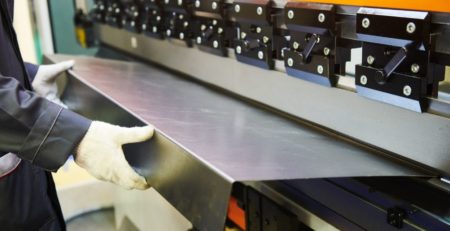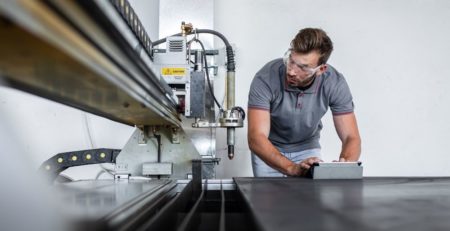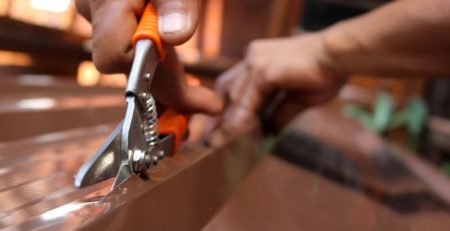The 3 Most Common Thermal Cutting Methods
Metal fabricators are always looking for ways to enhance efficiency and precision to produce high-quality work. Modern thermal metal cutting methods have opened new opportunities to improve speed and accuracy in metal fabrication and manufacturing while reducing waste. Refresh your knowledge about the three most common thermal cutting methods, their benefits, and how they can positively impact your work.
Basics of Thermal Cutting Methods
Thermal cutting methods are essential for metalworking professionals due to their ability to cut through different metals with precision and ease. They use different fuels for high-temperature heat sources to melt metals and create desired shapes and dimensions.
Flame Cutting
Flame cutting, or gas cutting, employs a high-temperature oxygen-acetylene flame to melt and sever metals. This method is ideal for carbon steel and other types of low-alloy steel. Flame cutting offers several benefits, namely cost-effectiveness and portability.
Flame cutting is perfect for small shops and people starting in the trade, as it requires a relatively low investment in equipment compared to other methods. Additionally, oxy-fuel cutting doesn’t require an electrical connection, making the torches portable.
However, flame cutting might not be suitable for intricate designs or thin sheets due to the heat it generates, which can cause metal distortion.
Plasma Cutting
Plasma cutting uses an accelerated jet of hot plasma to slice through and vaporize electrically conductive materials. It is ideal for cutting stainless steel, aluminum, and other conductive non-ferrous metals. Advantages of plasma cutting are speed, versatility, minimal distortion, and little waste.
Plasma cutting is faster than flame cutting, especially for thinner materials. An experienced fabricator can get a lot done in a short time with plasma cutting. Also, you can use plasma cutters to cut a variety of metals with different thickness levels.
Plasma cutters produce jets of plasma that can reach 40,000 degrees Fahrenheit—hotter than the surface of the sun! The cutting speed of the electrical arc a plasma cutter produces can minimize the transfer of that heat to the metal, resulting in less distortion.
As it cuts, the plasma cutter vaporizes the metal it removes from the workpiece, eliminating “slag,” or the cooled remains of melted metal. Vaporization can produce harmful gases, so ventilation and fume extraction systems are required when using plasma cutters.
Laser Cutting
Laser cutting employs a focused, high-intensity fiber laser beam to cut metals with exceptional precision. The latest type of laser cutting uses optical fiber to transmit a focused laser beam, which is ideal for detailed designs, tight tolerances, and smooth edge finishes. Benefits of fiber laser cutting machines include energy efficiency, consistent results, and minimal contact.
Fiber laser cutting machines require less energy than other cutting technologies, keeping operational costs low. Additionally, laser cutting is highly precise, providing consistent results even with intricate designs. Finally, laser cutting eliminates direct contact with the workpiece, reducing material distortion and equipment wear.
Unlike plasma cutters, laser cutters work on non-conductive materials like wood and plastic. On the downside, laser cutting systems might not be suitable for thick metals.
Whether you’re a shop owner or a metal fabrication student, understanding the three most common thermal cutting methods can greatly improve your workflow and efficiency. Let Mac-Tech help you choose the method that best suits your requirements and materials to optimize productivity.



